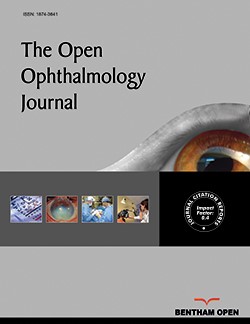All published articles of this journal are available on ScienceDirect.
Normal Range of Ocular Biometry in Healthy Saudi Children
Abstract
Aim
This study aims too describe typical ocular component growth patterns in healthy Saudi children.
Background
Prior literature has explored ocular growth patterns in various populations, but there is a gap in understanding these patterns in Saudi Arabia.
Objectives
To establish normative values for ocular biometric parameters and understand correlations between age and ocular development.
Methods
This cross-sectional study involved 141 children aged 3–17 years. The participants were examined at the eye clinic at King Abdulaziz University Hospital, Jeddah, Saudi Arabia, between 2018 and 2023. Every participant underwent a comprehensive ophthalmological assessment, including ocular biometric data [axial length (AXL), corneal curvature, and anterior chamber depth (ACD)].
Results
The mean age of participants was 9.03 ± 3.5 years. The AXL and ACD were 22.49 ± 1.1 mm and 3.34 ± 0.3 mm, respectively. As expected, there was a significant myopic shift with increasing age (p < 0.030). Both the ACD and AXL grew deeper and longer as the children grew older (r = 0.595, p < 0.001 and r = 0.559, p < 0.001, respectively), but corneal curvatures and corneal astigmatism remained constant. AXL values were significantly longer in boys (p = 0.019), but corneal curvatures (K1 and K2) were significantly steeper in girls (p = 0.007 and <0.001, respectively).
Conclusion
This study presents a comprehensive pediatric normative database of ocular biometric parameters for healthy Saudi children. These data will serve as a foundation for tracking the development of refractive errors and may be used as normative values for the evaluation of eye growth in children from the Middle East.


